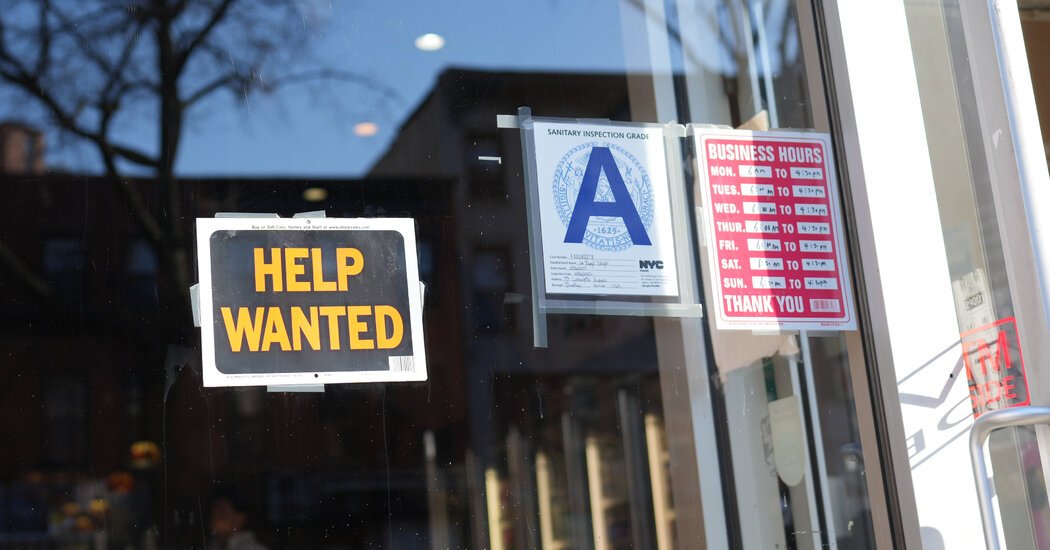For about two months, a barrage of missile and drone attacks in the Red Sea by Houthi militants has posed a difficult choice to shippers using the Suez Canal: risk an airborne strike and pay sharply higher insurance rates, or forgo the canal and take the longer route around Africa, snarling schedules and entailing higher fuel charges.
The attacks — at a choke point that handles 12 percent of global trade, including nearly one-third of the world’s container ship traffic — have already forced some shutdowns at European auto plants and raised fears of a surge in consumer prices.
For shipping companies, costs have already increased. A composite measure of global shipping costs, the Drewry World Container Index, has more than doubled since late last year. The rise is partly tied to a shortage of empty shipping containers, caused by the up to two weeks of additional time for trips going around Africa’s Cape of Good Hope.
And using the Red Sea now requires expensive war risk insurance. It’s a specialty that a group of brokers and underwriters centered in London offer.







